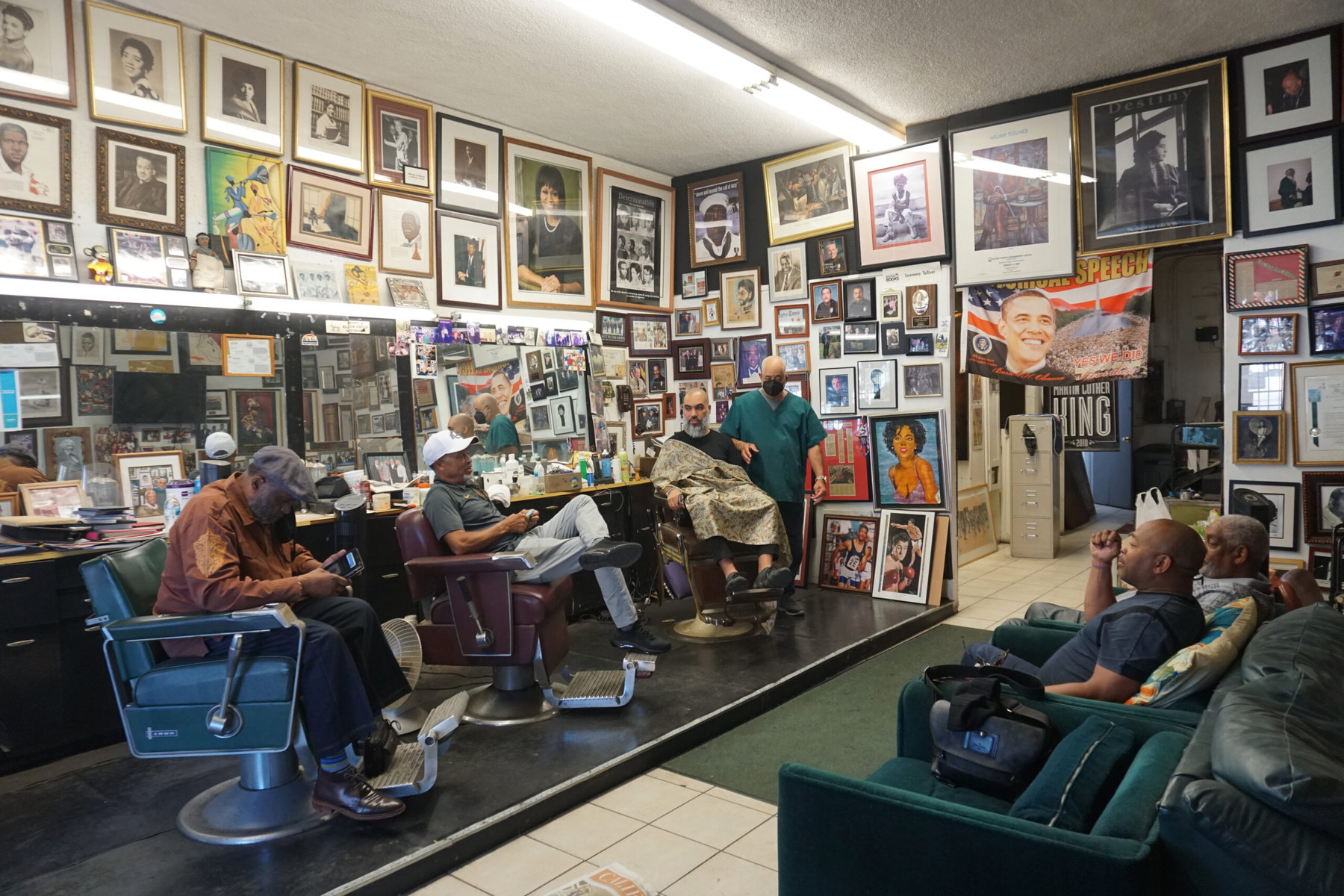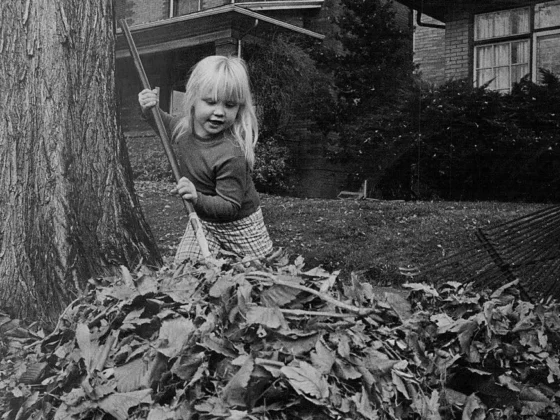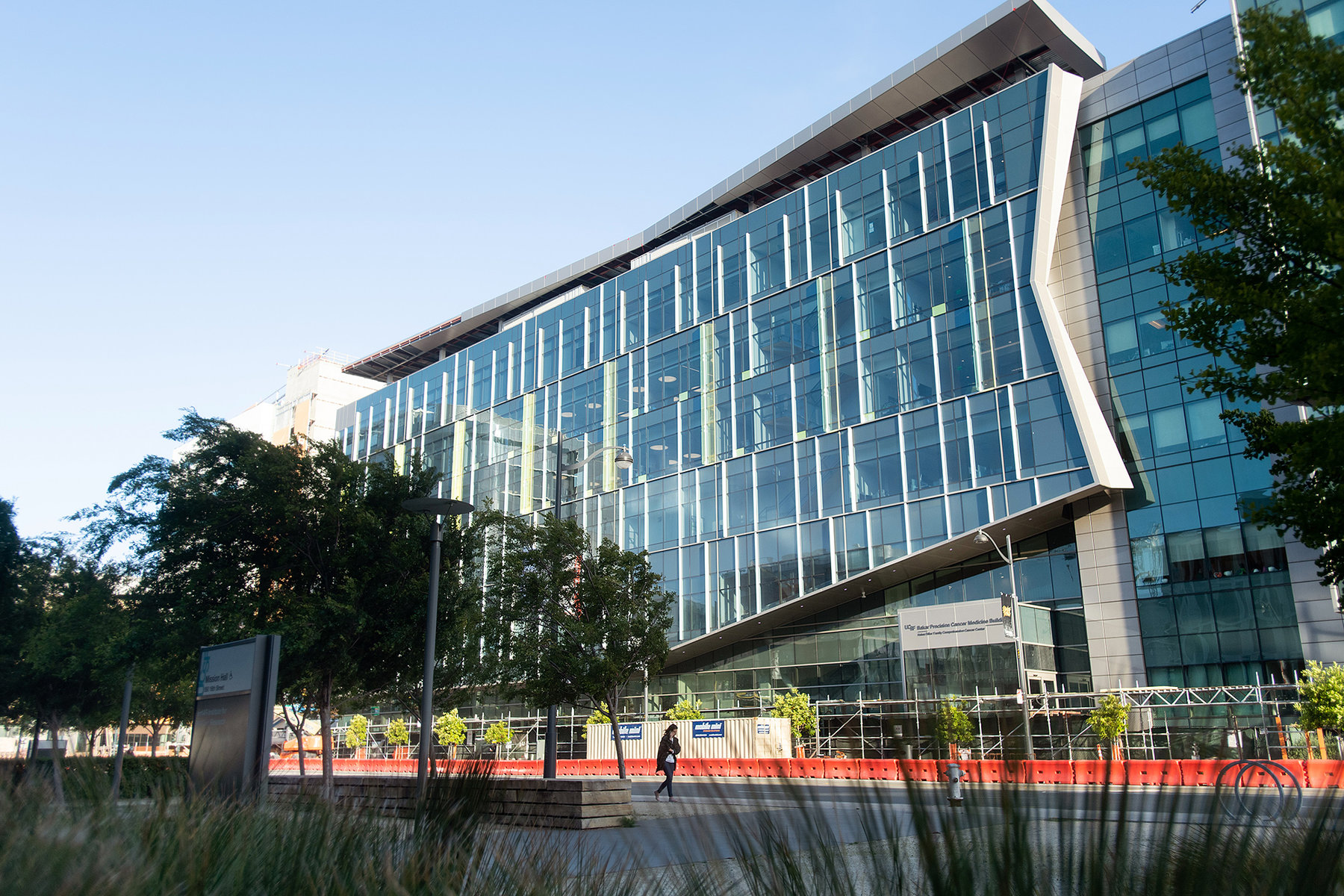— Introduction, by James Fallows:
The dispatch below is by Patrick Waechter. Next month he will graduate from USC Annenberg School for Communication & Journalism with a master’s degree in specialized journalism focusing on immersive storytelling.
Patrick already has an extensive background as a reporter and storyteller. Over the past 25 years, he has traveled on assignment to an almost incredible total of 77 countries. His focus has been on health and de-stigmatization. His work has been recognized by NLGJA: the Association of LGBTQ Journalists for Excellence in Reporting on HIV/AIDS.
Patrick did the original version of this article for a specialized reporting class at USC. It is based on reporting he did between November 2021 through February 2022. The story is set in a barbershop in south Los Angeles and is about the effects of “overcoming medical reticence in Black communities by melding healthcare with haircare.” The report is intensely local but also has resonance for questions of equitable health care across the country and the world. We are glad to present Patrick’s work here. —JF
By Patrick Waechter
All the barber chairs are full, but only one man is getting a haircut. Everyone else is here to talk. Oh, if these walls, adorned with framed photographs and mementos huddled together, could. Images of heroes and celebrities—Martin Luther King, Jr., Mike Tyson, Bob Marley, JFK, and many more. There are pennants, baseball caps, a flag from the first inauguration of President Barack Obama, and preserved news clippings from Los Angeles and Sweden and Australia.
Lawrence Tolliver’s shop, near the corner of Florence and Western in Los Angeles, is as much a community hub for conversation and understanding as it is a destination for biweekly fades and shaves.
Tolliver, who most regulars know by his initials L.T., is very much accustomed to visitors. In his more than 50 years of cutting in South Los Angeles, his shop has become a sort of neighborhood hub for politicians, police, and media seeking to understand the pulse of the community.
“Whenever there is something to be said about South Central, the media comes here,” he says.
Visiting today is Tyrik Jackson, a Philadelphia-based barber-influencer of the younger generation with over 71,000 followers on Instagram. He’s in town with a mission to recruit a corps of barbers to have conversations with their clients about HIV. Tolliver—who does not use Instagram—seems unfazed by Jackson’s fame, but he’s on board with the mission.
“This shop has not been a stranger to HIV,” he says. “Anything I can do to help the community, I will do it.”
L.T. recalls having many conversations about HIV in his shop over the last five decades. While this will be his first time participating in a formal program around HIV education, it’s not the first time he has opened his shop to healthcare. A previous healthcare program in his shop even saved a life.
When it comes to statistics of new HIV infections and access to prevention in the United States, there are very clear disparities across racial lines. According to the CDC, Black men are eight times more likely and Latinos four times more likely to be infected with HIV than white men. A treatment called pre-exposure prophylaxis, or PrEP, debuted in 2015 to offer individuals without HIV 99% protection from the virus through a daily pill, or as of December 2021, a bimonthly injection. But uptake has been disproportionately adopted. Of those who researchers believe would benefit most from PrEP, 63% of white people in the U.S. currently have a prescription compared to just 8% and 14% for Black and Latinx people.
To combat these inequities, healthcare education company DKBmed created an experimental initiative called Fade Out HIV. Funded by an educational grant from pharmaceutical company Gilead, the program aims to destigmatize HIV education by engaging barbershops in Black and Latinx communities to start conversations.
“If you want to know what’s happening in the Black community, go to the barbershops. It’s a safe space to discuss a range of topics, including politics, current events, cultural preservation, and healthcare,” said Dr. William King, a primary care physician based in Baldwin Hills, in a training video he recorded for the program.
Fade Out HIV needed a strong ambassador to bring participants onboard, someone who really understands the community and who also understands HIV. That’s where Jackson comes in. Through his social media presence, he’s well-known to many barbers around the country. And this issue is personal for him. His father, Ruben Rivera, died from AIDS in 1995.
Jackson is talking with barbers at conventions, in shops, and schools, asking them to join. The barbers will get conversations going with their clients. If a client is interested, they receive a referral card for testing with a pre-vetted doctor in the same neighborhood.

If you think this sounds familiar, that’s because it is. DKBmed’s initiative is only the most recent one in a decades-long history of programs attempting to overcome medical reticence in Black communities by melding healthcare with haircare.
In 1978, Dr. Elijah Saunders and Dr. B. Wayne Kong of the Association of Black Cardiologists responded to growing concerns of untreated hypertension among Black Americans by creating a program to bring blood pressure monitoring and healthcare education into influential Baltimore community centers. They started out in churches, where they trained over 500 volunteers. But assessing their results, they noticed that men were not using their services as frequently as women. To reach more men, they expanded their outreach in 1983 to barbershops.
Since Saunders and Kong’s pioneering work in Maryland, there have been other similar programs in New Orleans and Nashville and throughout the U.S. In Dallas, there was even a barbershop outreach program in 2015 with the same name as DKBmed’s, Fade Out HIV. These initiatives generated a lot of PR and academic writing and good cheer, but not so much in terms of measurable patient wellness.
Then came Dr. Ronald G. Victor of the Smidt Heart Institute at Cedars-Sinai Medical Center in Los Angeles. Victor’s interest in barbershop healthcare started in 2006 in Dallas, where he had barbers check blood pressure and refer potential hypertension patients to doctors for follow-up care. Those results were negligible.
“The people didn’t follow up, and if they did follow up, doctors didn’t always intensify medications,” says Adair Blyler, a clinical pharmacist at Cedars-Sinai.
Victor moved to Los Angeles, where he modified his program to cut out the middleman and bring prescribing pharmacists into the barbershops. Blyler, who was one of those pharmacists, credits that modification for their success.
“That’s one thing we found in our study to be helpful,” she says. “Make the barbershop a one-stop shop in terms of educating and providing treatment all in one place.”
Comparing Victor’s studies in Dallas and Los Angeles, patients experienced an average of eight times the blood pressure improvement when a prescribing pharmacist was brought into the barbershop.
Far beyond statistics, Victor’s program made a real difference. Just ask Tolliver, whose shop participated in the study. One of his regulars came in for a cut and stayed a little longer to have his heart checked. His blood pressure was fine, but the nurse could hear that something wasn’t quite right.
“He went to the doctor because of her concern and found out he had a problem,” says Tolliver. “He said to me, ‘Lawrence, that saved my life.’”
That saved life is Bernard C. Parks, Chief of the LAPD from 2003-2015. A framed photo of Parks hangs on Tolliver’s wall in a prominent location close to his workspace.
Victor died in 2018, but Blyler is still working on barbershop hypertension studies at Cedars-Sinai. She believes DKBmed’s mission could have some success, but she is concerned that designing their program to require a doctor’s visit may be missing the point.
“There’s a reason why they don’t want to go to their doctor,” says Blyler. “It’s important to find out why that is and adapt your intervention to solve that particular issue.”
Jackson’s mission to engage LA-area barbers is not limited to master elders of the craft like Tolliver. He also met with students at Reseda’s Western Barber Institute.
From South LA, Jackson heads north on the 405 freeway, over the hill to the San Fernando Valley. The moment he enters, instructor Enzo Alberto runs past the school’s hive of barber stations to welcome him with an enthusiastic handshake dap. Without skipping a beat, Jackson props his phone on the reception desk to capture the moment, which he will later post to Instagram.

Alberto is a loyal follower of Jackson’s. He tells him upon meeting that he is always tuning into his weekly one-hour Instagram Live, “Tyrik Tuesdays.” Alberto saw on Instagram that Jackson was at a Super Bowl party in Los Angeles and invited him to come speak at the school. The two had never exchanged messages before. Alberto was elated when Jackson replied.
“I reached out to him, and he jumped on it,” says Alberto.
Alberto gathers the students into the back classroom, where they sit shoulder to shoulder facing the front. Jackson enters and begins speaking. They hang on his every word. Jackson tells them about the Fade Out HIV program that brought him to LA and talks about losing his father to the disease. He encourages them all to get tested and to think about going on PrEP. He tells them that if they or one of their clients happens to be positive, that the HIV regimens available now can allow them to live a normal life.
“If these were out when my father was living with HIV,” says Jackson. “Then, he wouldn’t have died of AIDS.”
The first effective antiretroviral treatment for HIV, sometimes called “the cocktail,” debuted in the U.S. in 1996. It was a revolution from the haphazard success of AZT, a cancer drug adapted for HIV patients and rushed for FDA approval in 1987. But the cocktail still involved multiple pills with a litany of side effects, including nausea and facial wasting. Today, most HIV treatments are a single pill with minimal side effects. With proper adherence to medication, most patients can achieve undetectable status.
Undetectable means that a person still has HIV, but their viral load is so suppressed that it cannot be detected through blood work. A person who is undetectable cannot pass HIV onto others, even if they do not use a condom during sex and even if their partner is not taking PrEP.

After explaining the program, Jackson passes out envelopes. They contain referral cards, each of which has a unique QR code. Barbers are given $25 for each person they refer who completes an HIV test.
A few students expressed interest in the program, but when asked if they had questions, most asked about how to grow their business or how to attain celebrity clients. Alberto is unsure if his students will participate on their own, but he plans to encourage them.
“I feel like they need a little push,” he says. “I’m going to get more of the codes and just do it in the classroom. I don’t want it to be in vain that he came out here.”
On the way out, Jackson accepts an invite from Alberto to speak later in the week at his barbershop in Encino, the New Life Barber Lounge. One of the students asks Jackson to write his Instagram handle on the mirror at his station. He does, then takes selfies with a group of them. They will post and tag and follow.

Back at Tolliver’s, there are no selfies taken. Here, having followers means something very different. L.T. brings out the alcohol rub to finish off the one man who was there for a cut. The client settles up and heads toward the door. Tolliver shouts.
“How long you been coming here, coach?”
“I met you over on Manchester,” responds Coach Joe Reed. “It was around ’88.”
Reed is the athletic director at Huntington Park High School. He has been a regular client of Tolliver’s, following him to three different locations over the last 34 years.
That is the stuff of true loyalty. It’s rare in this world, but it’s common at Tolliver’s shop and others like his in neighborhoods like this one in cities all over the country. No doubt, this unrivaled loyalty is the reason DKBmed is looking to barbershops to start difficult conversations about HIV, and hopefully, save some lives.
Before Jackson heads out, L.T. offers him a quick touch-up and styling on his beard, then gestures for him to come over to a table on the other side of the shop. L.T. shows Jackson a series of books that were gifted to him, a multi-volume, hardbound pictorial history of all the city’s police chiefs. He hands Jackson the first book in the series, and asks him to read aloud the inscription from LAPD Police Chief Michel Moore.
“L.T., on behalf of the men and women of the LAPD, thanks for being a safe place to talk,” reads Jackson.
“That’s what this is,” says L.T. “A safe place to talk.”

Patrick Waechter is a journalist focusing on health and de-stigmatization. He is graduating in May from USC Annenberg School for Communication & Journalism with a master’s degree in specialized journalism focusing on immersive storytelling. Patrick has previously been recognized by NLGJA: the Association of LGBTQ Journalists for Excellence in Reporting on HIV/AIDS. Since publishing his first text piece in 1996, he has traveled on assignment to 77 countries.




